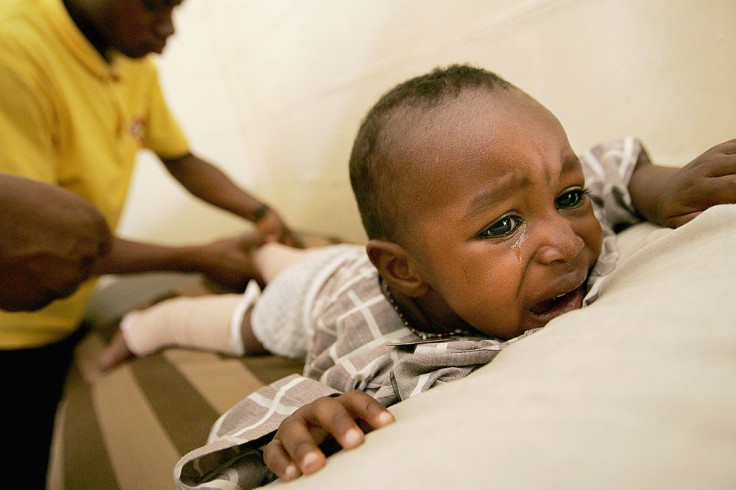
The leading causes of death for children and teenagers in the United States are injuries from car crashes and firearms - preventable causes.
"People don't think of it as a public health crisis. There's just not a recognition, especially in our society, around the significant impact of injuries and the fact that these serious injuries that lead to death are preventable," expressed by Boston Medical Center's pediatrician Dr. Sadiqa Kendi, who just launched a new Massachusetts program seeking to review pediatric injuries better.
Just in 2019, over 7,000 children and teens up to the age of 19 died because of unintentional injuries. About 20 kids were getting killed every day, according to the Centers for Disease Control and Prevention.
In 2020, gun violence became the leading cause of death for children and teens. Aside from car crashes and violence, other causes of injuries and death were drowning, falls, suffocation, and self-harm.
Most victims are children experiencing poverty
Pediatric Nurse Practitioner at UCSF Benioff Children's Hospital, Oakland, Bonnie Lovette, stated that children get hurt or die at excessively different rates. She has seen this herself in the Black and brown communities in Oakland who are in poverty. The disparity is far worse.
In her 30 years serving the hospital, she has witnessed children and teens being pushed into the ER with injuries from gunshots, physical fights, car crashes, and self-harm. These patients were often of color and from high-poverty communities.
Black, American Indian, low-income children, and teenagers or those who live in rural communities die from preventable injuries at disproportionate rates nationwide compared to white children who come from a higher income or urban community.
The inequities are the results of structural disadvantages. According to experts, children experiencing poverty, settling in an impoverished environment, and lacking access to mental health care, safety equipment, and other resources have higher risks for preventable injuries or death. Only when these concerns are addressed can the needle be moved in addressing all disparities, Kendi explained, as reported by USA Today.
Thus, awareness needs to be raised, and problems should be tracked so communities can understand where and why children are most in danger. This will eventually help minimize these preventable injuries and death, especially in poor communities.
Family medicine physician Dr. Donald Warne, also a member of the Oglala Lakota Tribe in Pine Ridge, South Dakota, knows how structural racism takes a heavy toll on Indigenous children and families, calling all these preventable injuries a "chronic condition for young people."
He stressed how the country is "losing a lot of young people'' to death and eventually losing years of potential life because these injuries remain unrecognized, unlike cancer and heart disease.
The rural and remote nature, poor communities with substandard roads, fewer emergency medical services, and the absence of local trauma centers all add up to the cause of injuries and deaths.
Read More: Mom Spreads Awareness After Her Daughter's Belly Got Sliced By A Seat Belt During Car Accident
Disparities persist
Despite the cases of death of children caused by injuries decreasing from 2010 to 2019, data still showed huge disparities persisting.
CDC was able to gather information and statistics to prove this.
- According to the Bloomberg School of Public Health, black children die from injuries twice the rate of white children and five times the rate of Asian American.
- American Indian kids die at three and a half times the rate of Asian American children and nearly twice the rate of white kids.
- Children in rural communities die twice the rate of children from urban communities.
- Between 2010 and 2019, death from poisoning in Hispanic children surged by 50 percent and in Black children by 37 percent. However, there was a decrease of 24 percent in white children.
- Black children dying from car crashes increased by nine percent, while white children decreased by 24 percent.
Related Article: Only 11 Percent of Children Involved in Bike Accidents Wear a Helmet